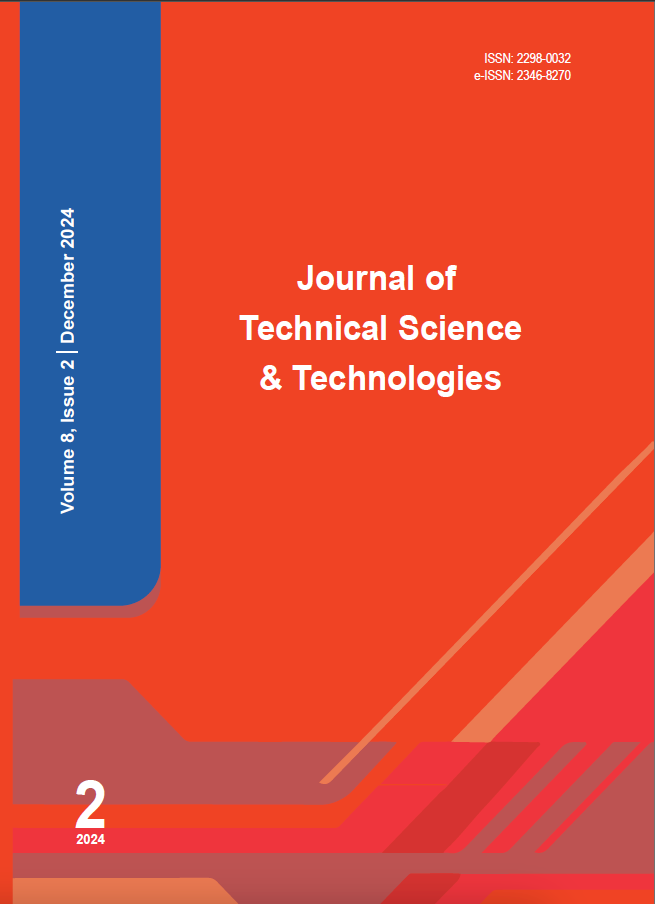Web Technology Innovations and Their Impact on Georgia’s Labor Market
DOI:
https://doi.org/10.31578/jtst.v8i2.162Abstract
The development of modern web technologies is associated with unprecedented changes in the digital world around us. This fact determines the existence of diverse software support and technologies for creating websites. The web technology ecosystem is developing fast, driven by emerging technologies, changing user expectations, and the ongoing digital transformation across industries. This article explores the most significant trends reshaped web development in the latest period of time, highlighting the technological innovations that are redefining how developers create, deploy, and optimize digital experiences. From advances in frontend frameworks to the integration of artificial intelligence, serverless architectures, and enhanced performance optimization techniques, the current web technology landscape represents a dynamic intersection of innovation, efficiency, and user-centric design. The paper also discusses the latest trends in web technologies in relation to the Georgian labor market.
References
Tabatadze B., & Asanidze G. (2023, 7 31). Synthesis of Contemporary Approaches Used In the Development of the Client-Side in Technological Projects. 8(15), 49-53. doi:https://doi.org/10.35945/gb.2023.15.004
K. Schwab. The Fourth Industrial Revolution. (2016). World Economic Forum;
K. Schwab. The Fourth Industrial Revolution.
(2016). World Economic Forum;
https://w3techs.com/, was checked on
12.10.2024
https://statista.com, was checked on
12.10.2024
https://gita.gov.ge, was checked on
12.10.2024
https://pwc.com/ge, was checked on
12.10.2024
https://techcrunch.com, was checked on
12.10.2024

